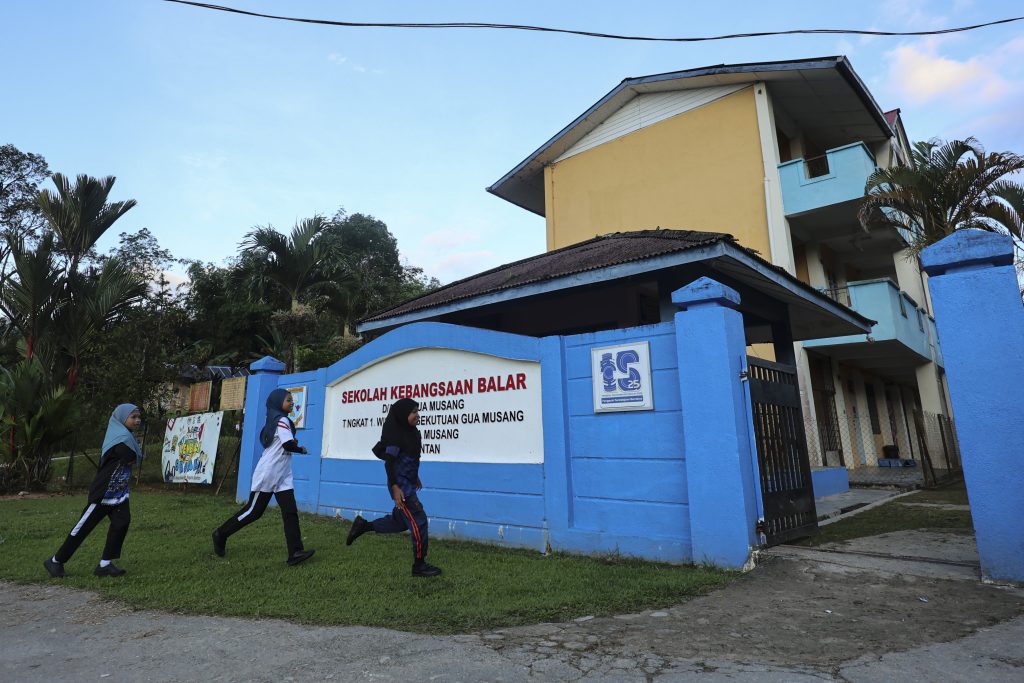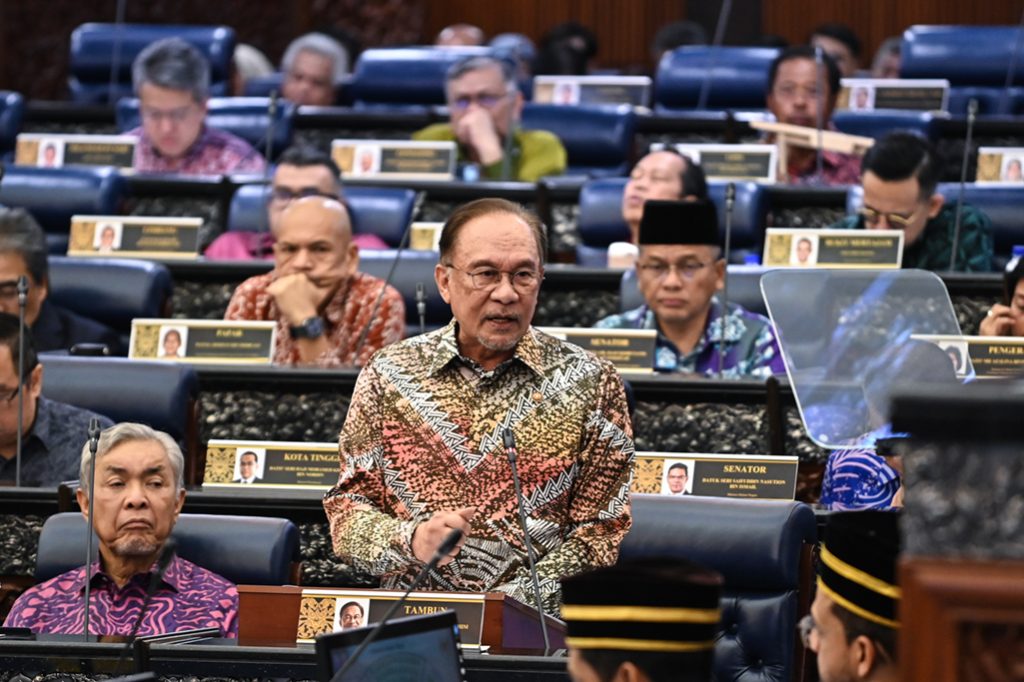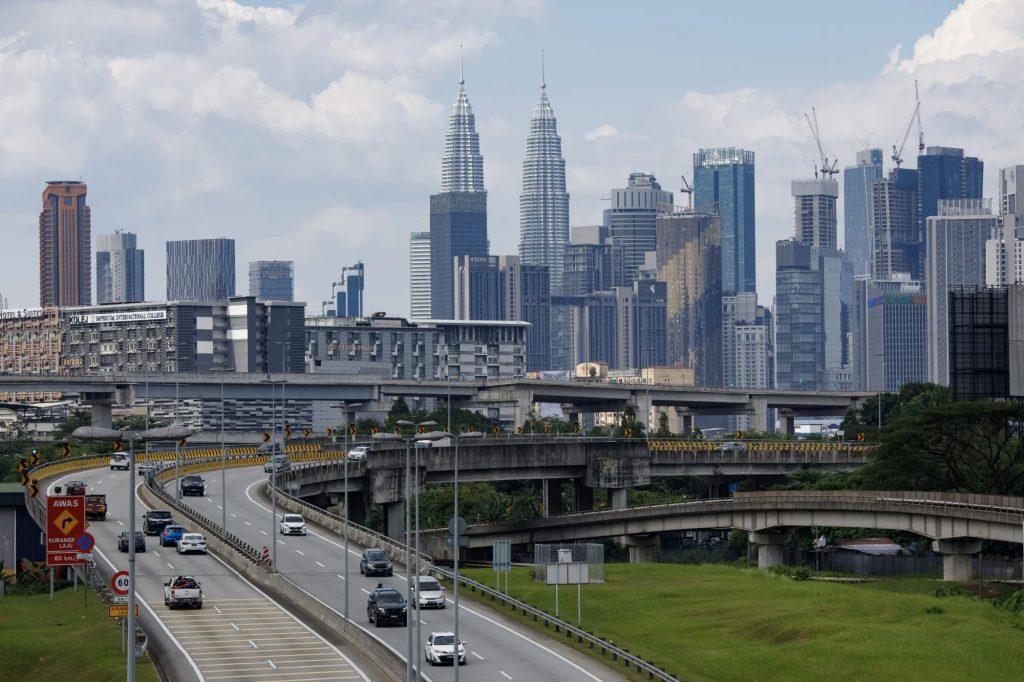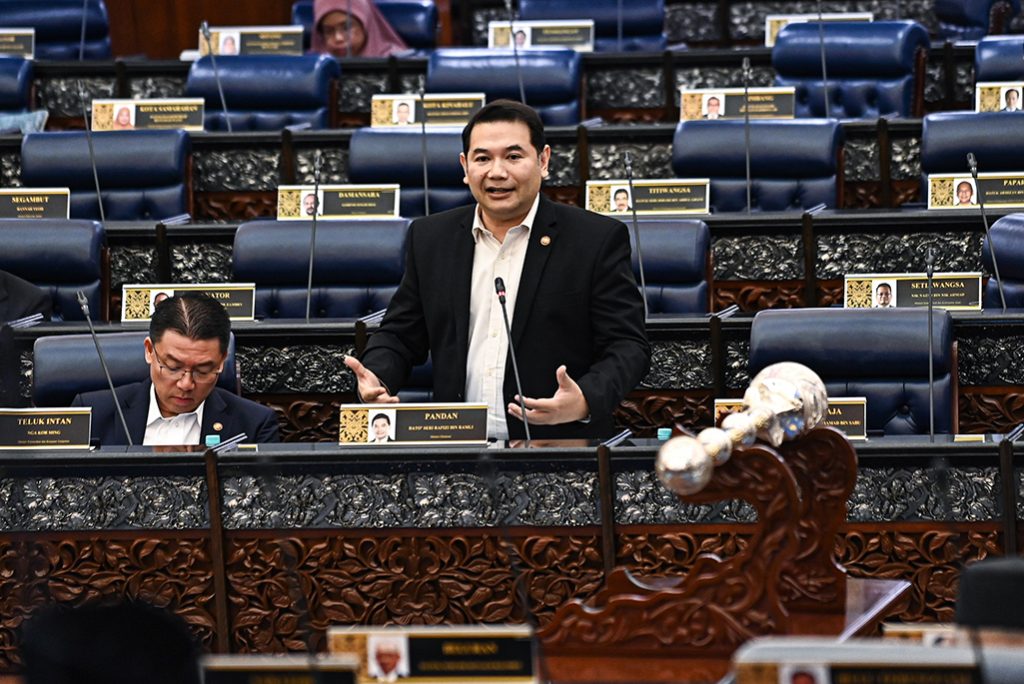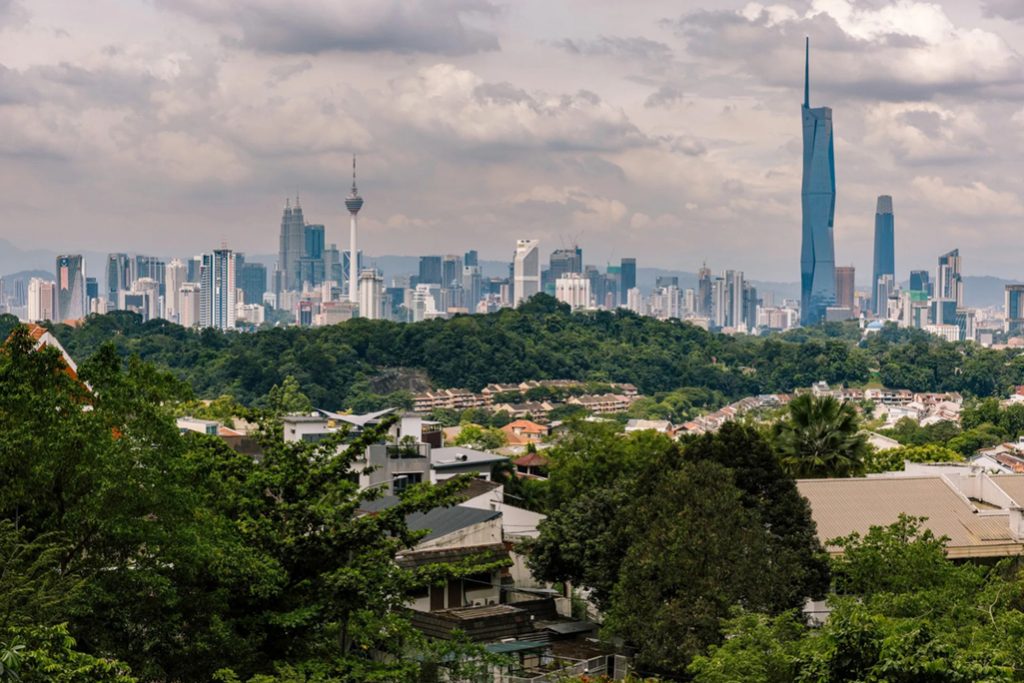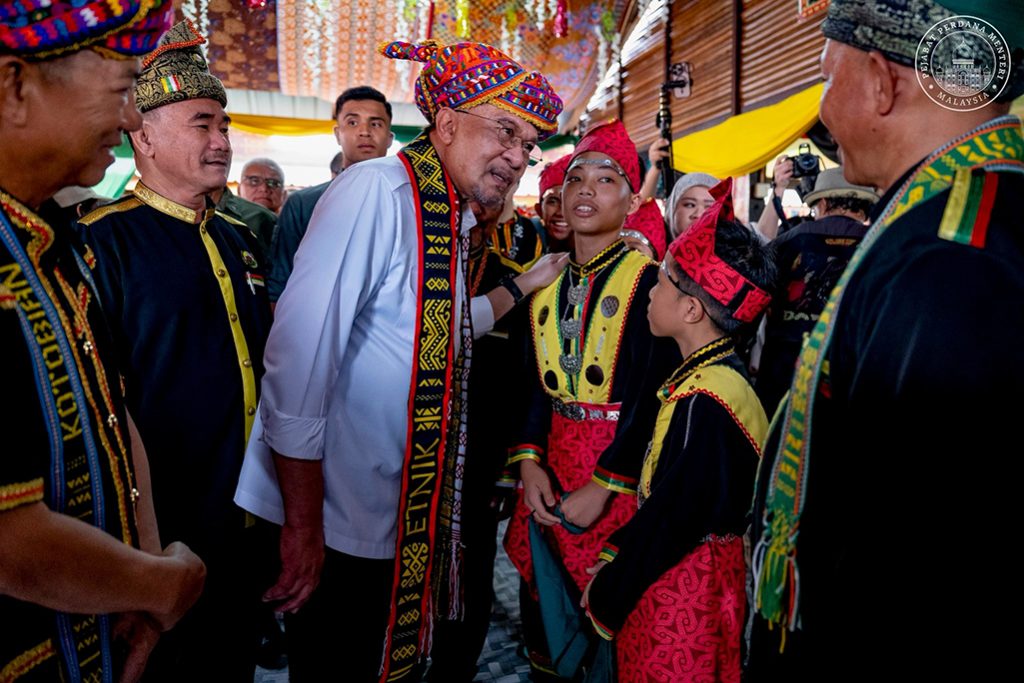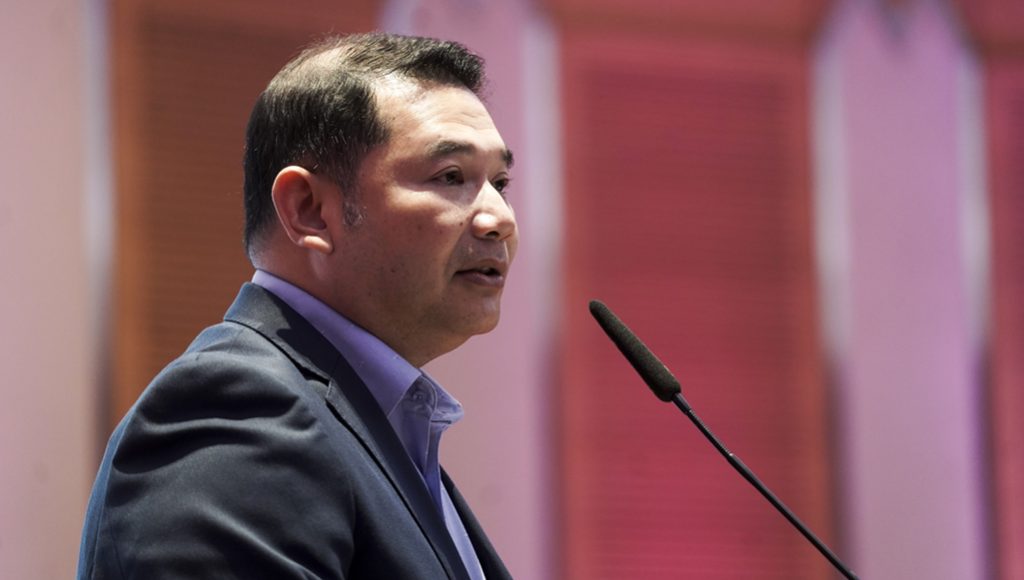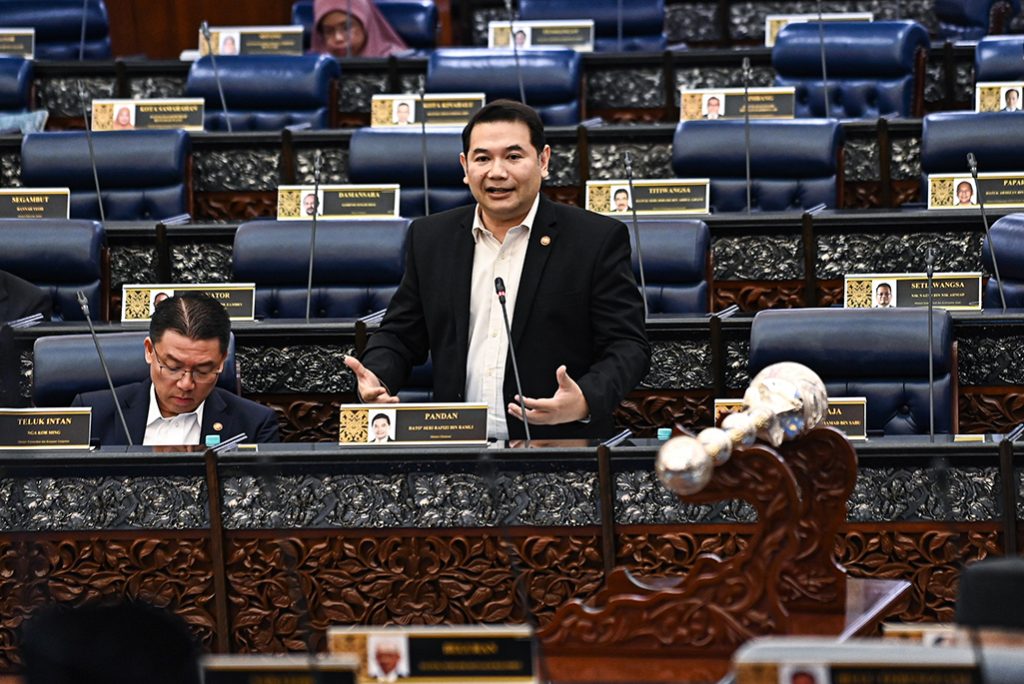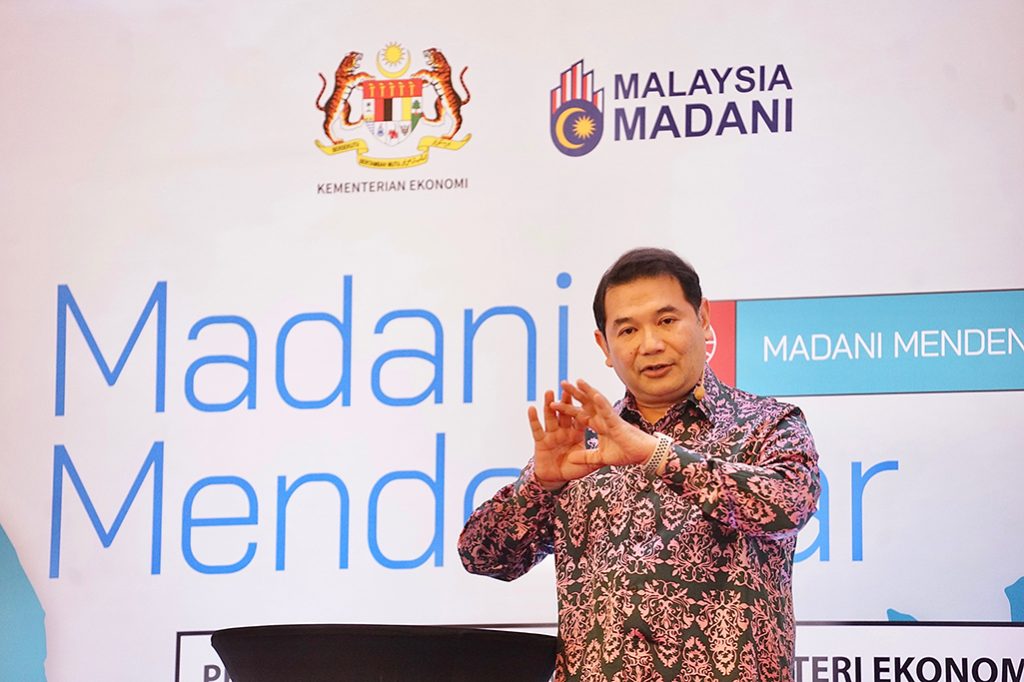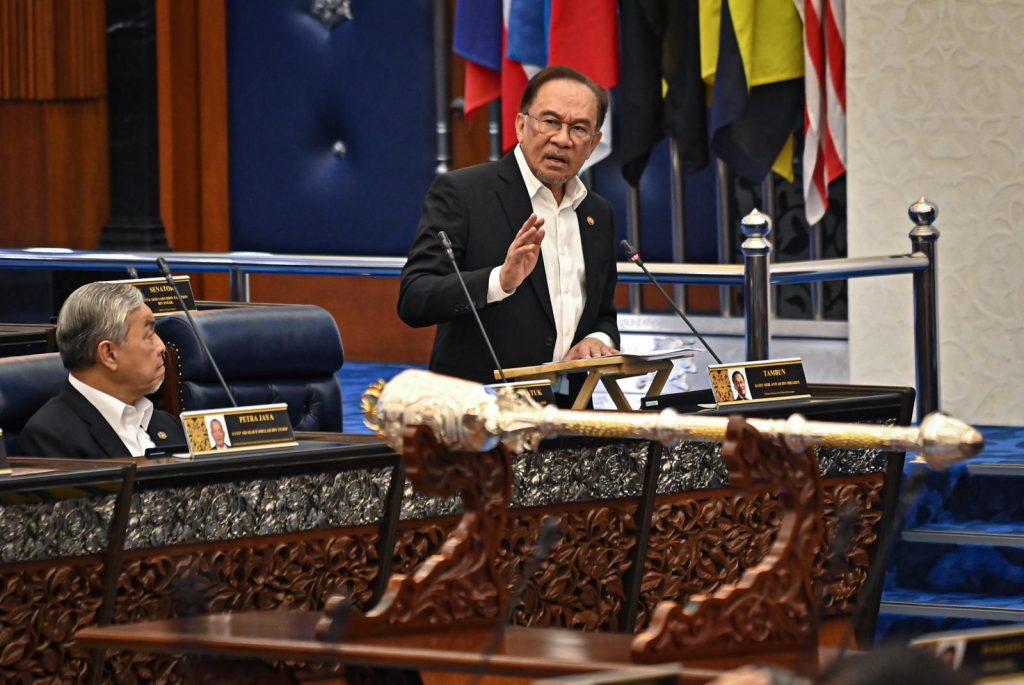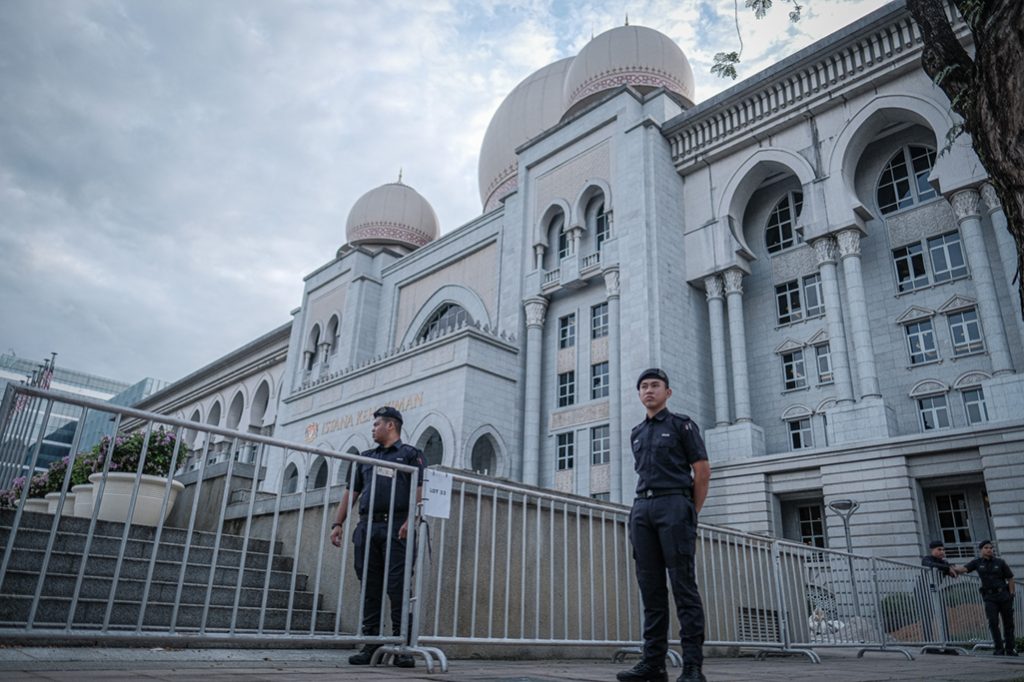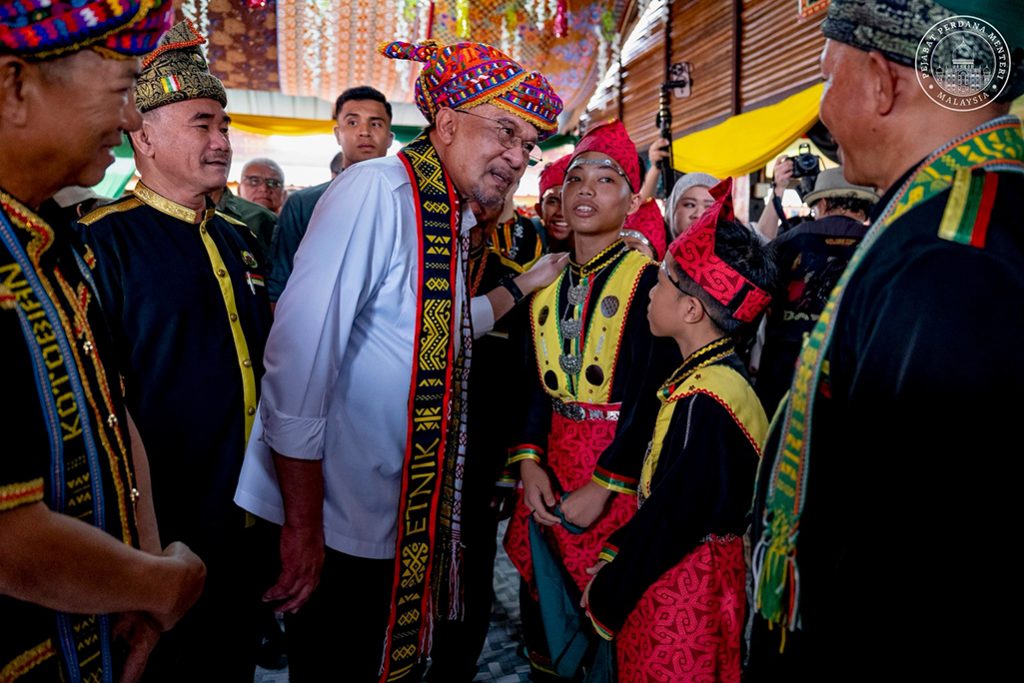Auto Added by WPeMatico
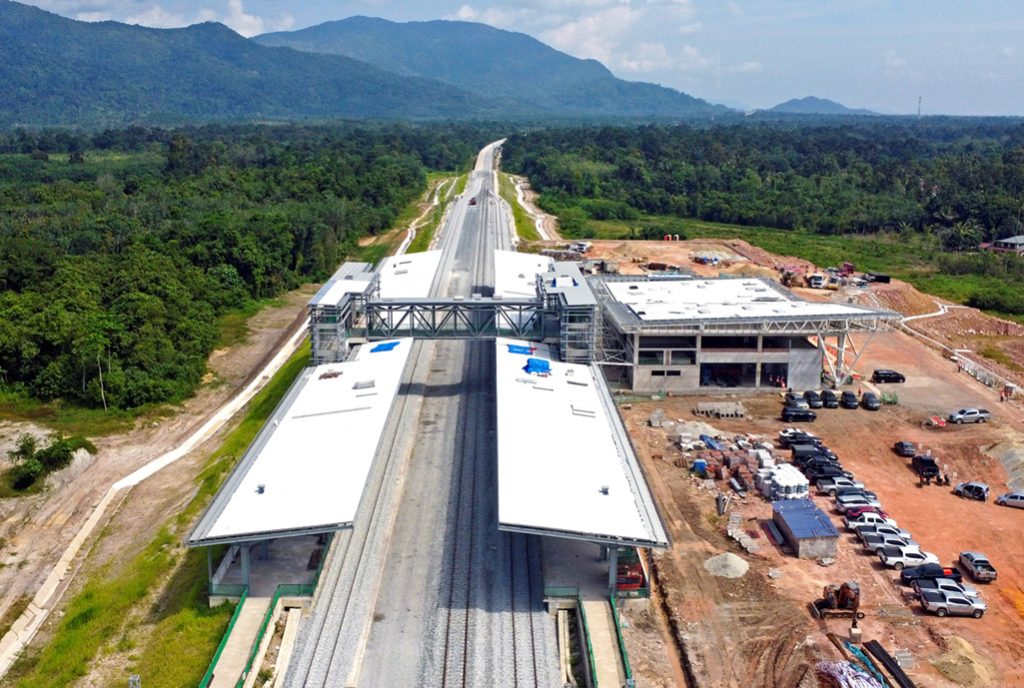
by AKMAR ANNUAR
THE government is set to increase its annual development expenditure (DE) by RM6 billion during the 13th Malaysia Plan (MP13), as part of efforts to build economic resilience amid growing global uncertainties.
The five-year period from 2026 to 2030 will see a total of RM430 billion allocated for DE, an increase of RM15 billion or 3.6% from the RM415 billion designated under the MP12.
According to CIMB Securities Sdn Bhd, this figure excludes additional contributions of RM120 billion from government-linked companies (GLCs) and an estimated RM61 billion in public-private partnership (PPP) projects.
The research firm noted that the spending hike is expected to revitalise public infrastructure activity, with major progress anticipated in the final quarter of 2025 (4Q25) and peaking between 2026 and 2027 — just before Malaysia’s 16th General Election (GE16) slated for 2028.
Sabah and Sarawak are also expected to benefit from intensified development activity, aligning with their respective state elections in 2025 and 2027.
Planned initiatives include the construction of a new terminal building for Penang International Airport (RM1 billion), the Light Rail Transit (LRT) system for Penang (RM3 billion to RM6 billion) and the extension of the East Coast Rail Link (ECRL) to Port Klang, Selangor (RM2 billion).
Several basic infrastructure projects have also been lined up for East Malaysia.
In the southern Peninsula, investment focus is likely to shift to Johor’s Automated Transit System and the Kuala Lumpur-Singapore High-Speed Rail (HSR), while the Johor Bahru-Singapore Rapid Transit System (RTS) is on track to be completed by December 2026. As of June this year, the physical progress of the RTS project had reached 56%.
“Sentiment towards construction stocks has also turned more optimistic following the government’s formal confirmation of the Mass Rapid Transit Line 3 (MRT3) project, although works are only expected to begin in 2027,” CIMB Securities said in its note.
Under the GEAR-UP programme, six GLCs have committed to invest RM120 billion over five years, with RM11 billion already mobilised as at June 30.
The government is also banking on greater private-sector involvement through the Public-Private Partnership Master Plan 2030 (PIKAS 2030), in line with national development strategies.
The report also indicated that fiscal consolidation remains a key priority, with the federal deficit expected to narrow to 3.8% of GDP by 2025 — down from 5.5% in 2022 and 4.1% this year.
MBSB Investment Bank Bhd, in a separate note, projected that the deficit would average 3.2% over the medium term, with the government’s aim of bringing it below 3% by 2030 deemed realistic.
“This is based on a projected nominal GDP growth of around 7.2% annually. The RM430 billion allocation equates to an annual average of RM86 billion — RM6 billion higher than earlier projections — and is expected to contribute approximately 3.4% of GDP over the five-year span,” the firm said.
MBSB Investment added that the government is also looking to strengthen fiscal governance through project implementation reforms and more effective revenue collection, including the nationwide adoption of the e-invoicing system.
RELATED ARTICLES
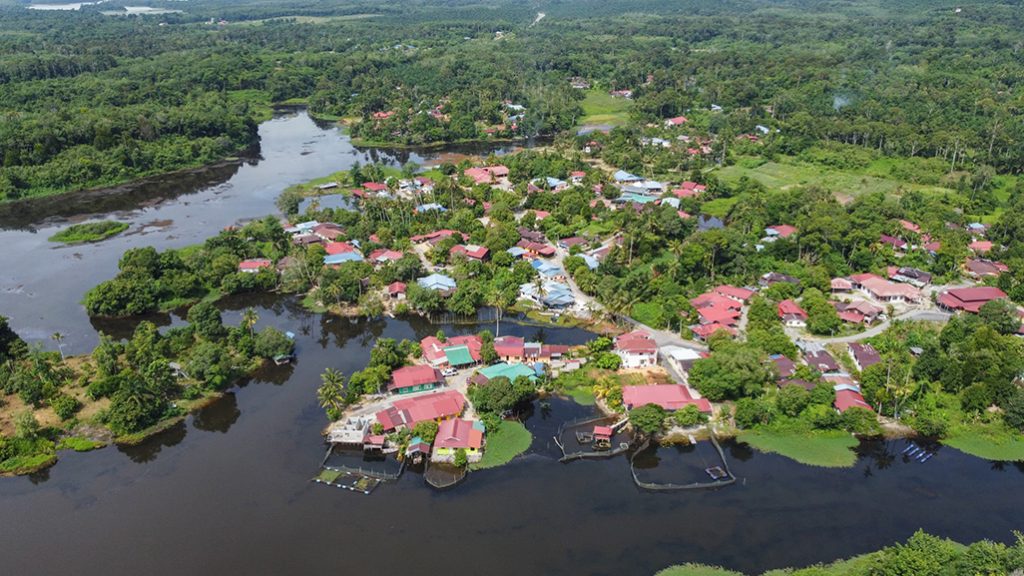
Tourism targets 16% GDP contribution under MP13
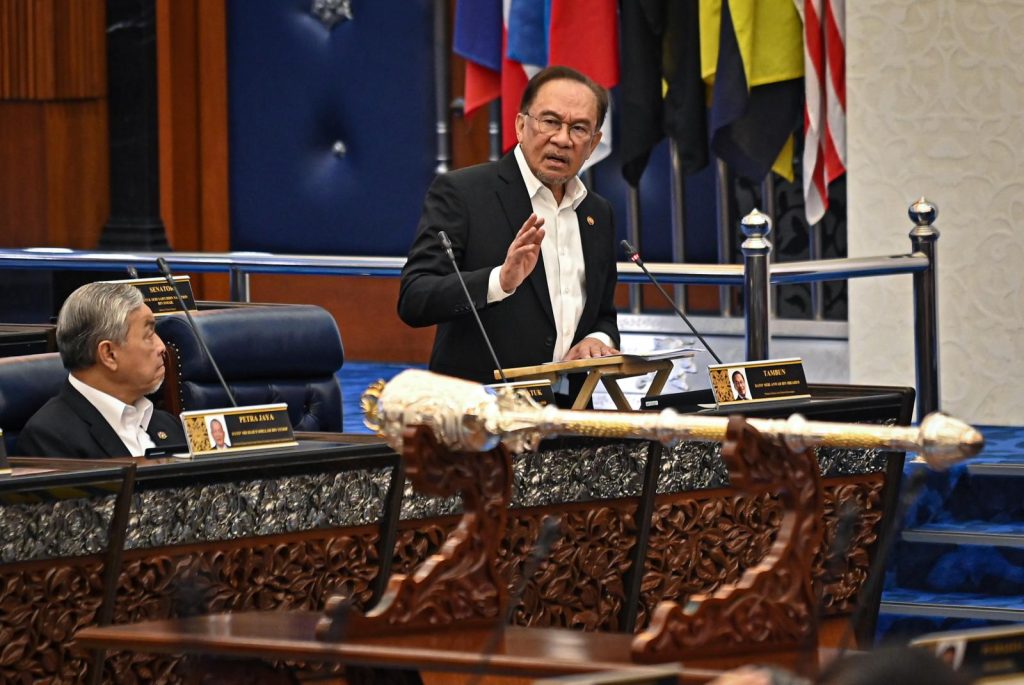
PM Anwar to table 13MP in Dewan Rakyat today
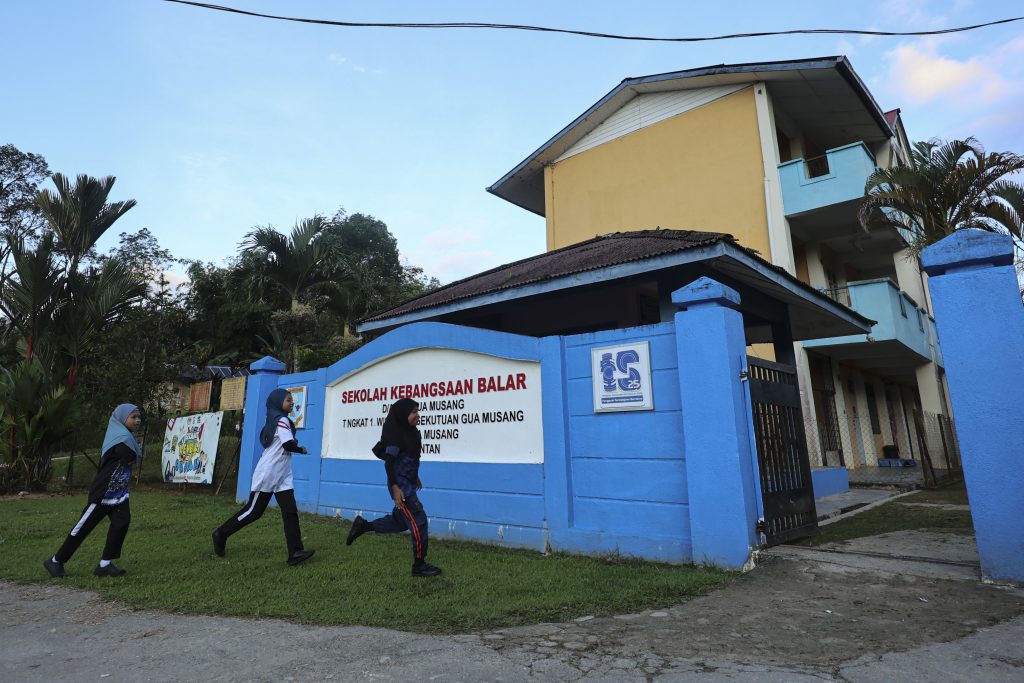
Equity, access and execution shape education reforms in 13MP
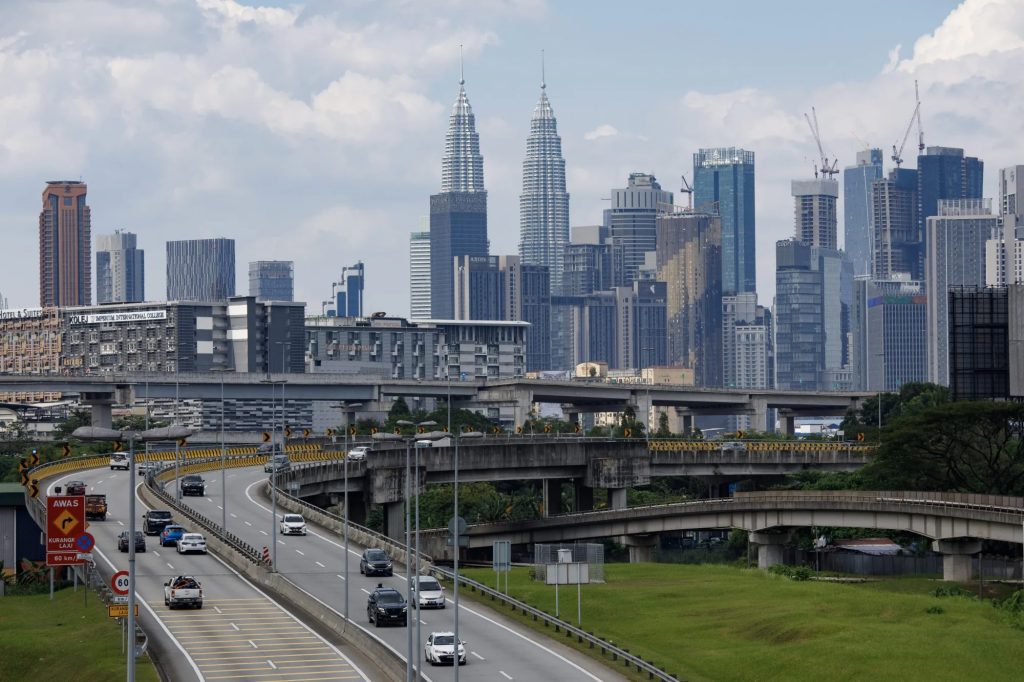
RMK13 to prioritise downstream industries, income growth under Madani framework
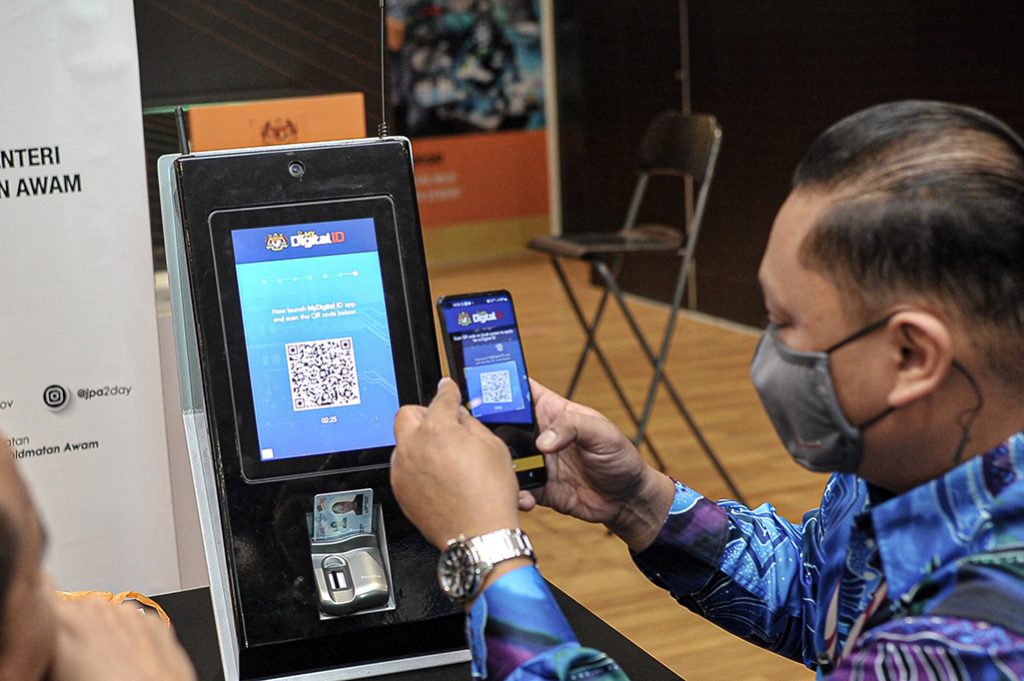
Single public sector gateway, new performance law in pipeline
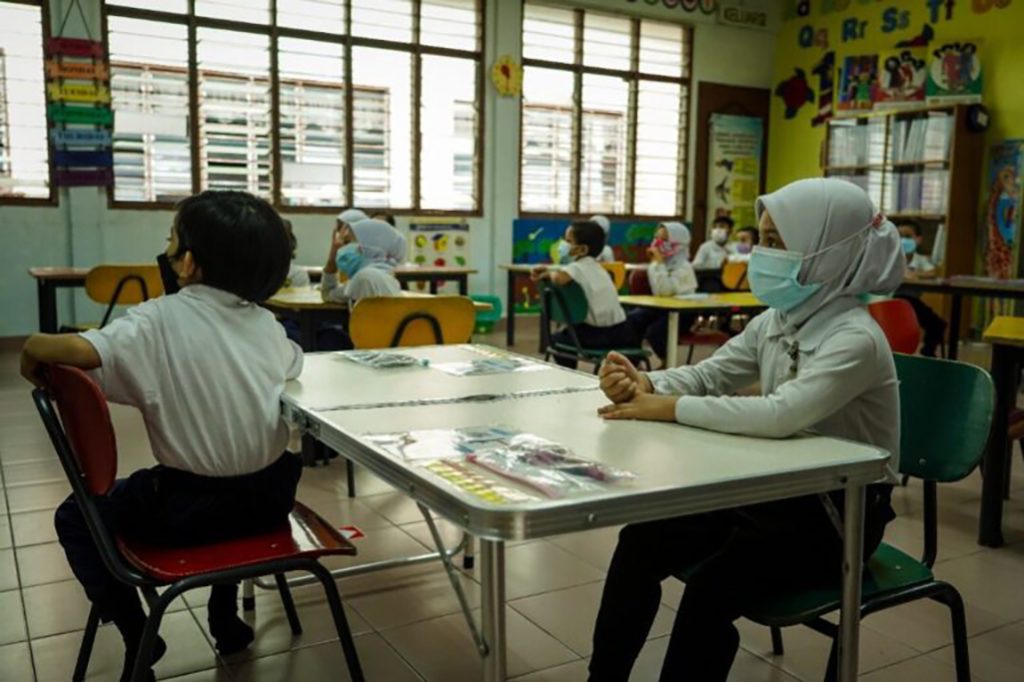
MP13: RM67b allocated to education, preschool mandated at age 5
The post Higher development spending under MP13 to spur infrastructure, private partnerships appeared first on The Malaysian Reserve.

